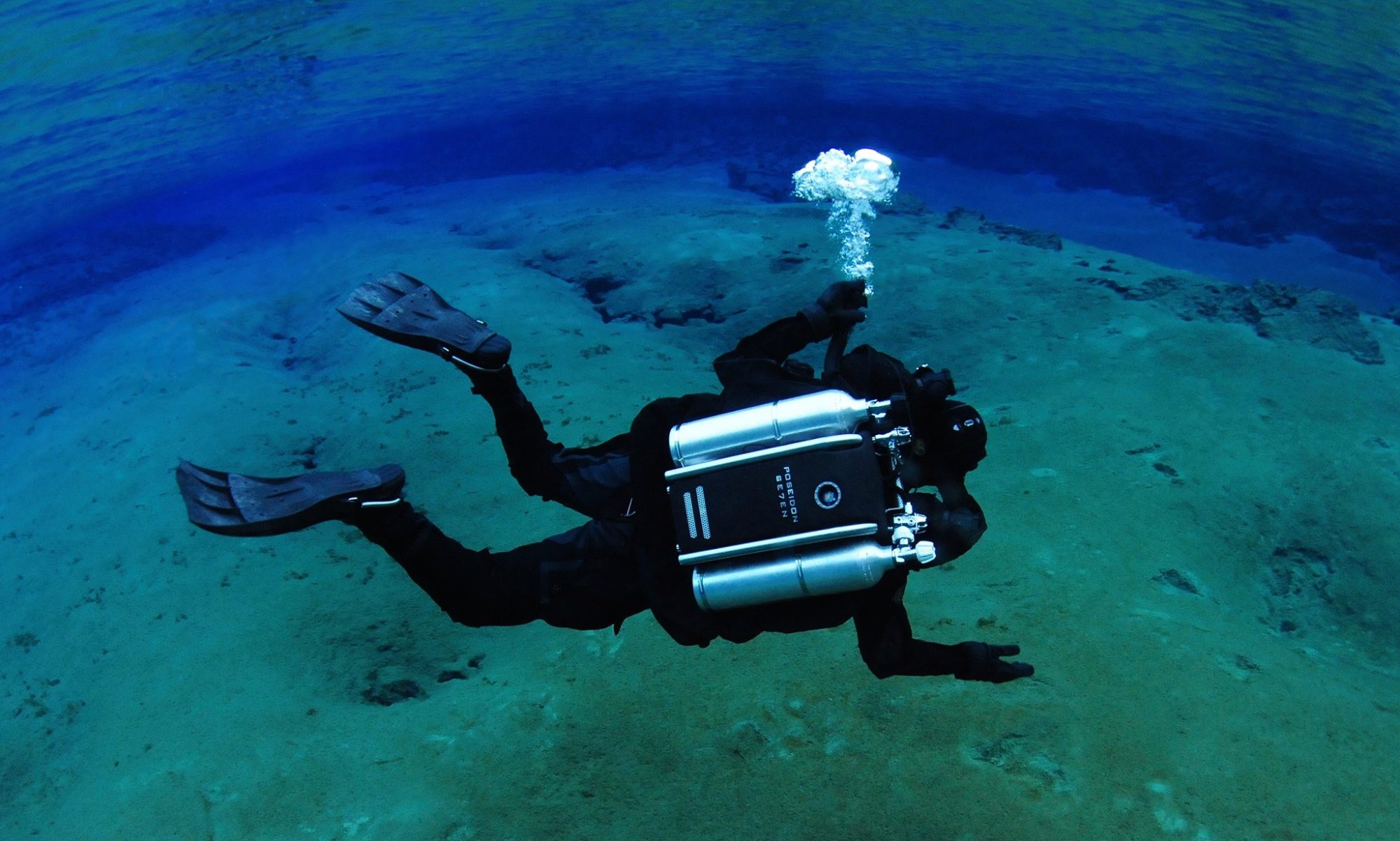Skip to content
Are you ready for the latest in dive technology?
The Poseidon SE7EN is the most advanced rebreather with Solid State O2 Sensors onthe market today.
Are you ready for a Bubbleless 3 Hour Dive?

Safer and easier to use, Lighter and smaller,
No decompression stops, Warm breathing gas.

